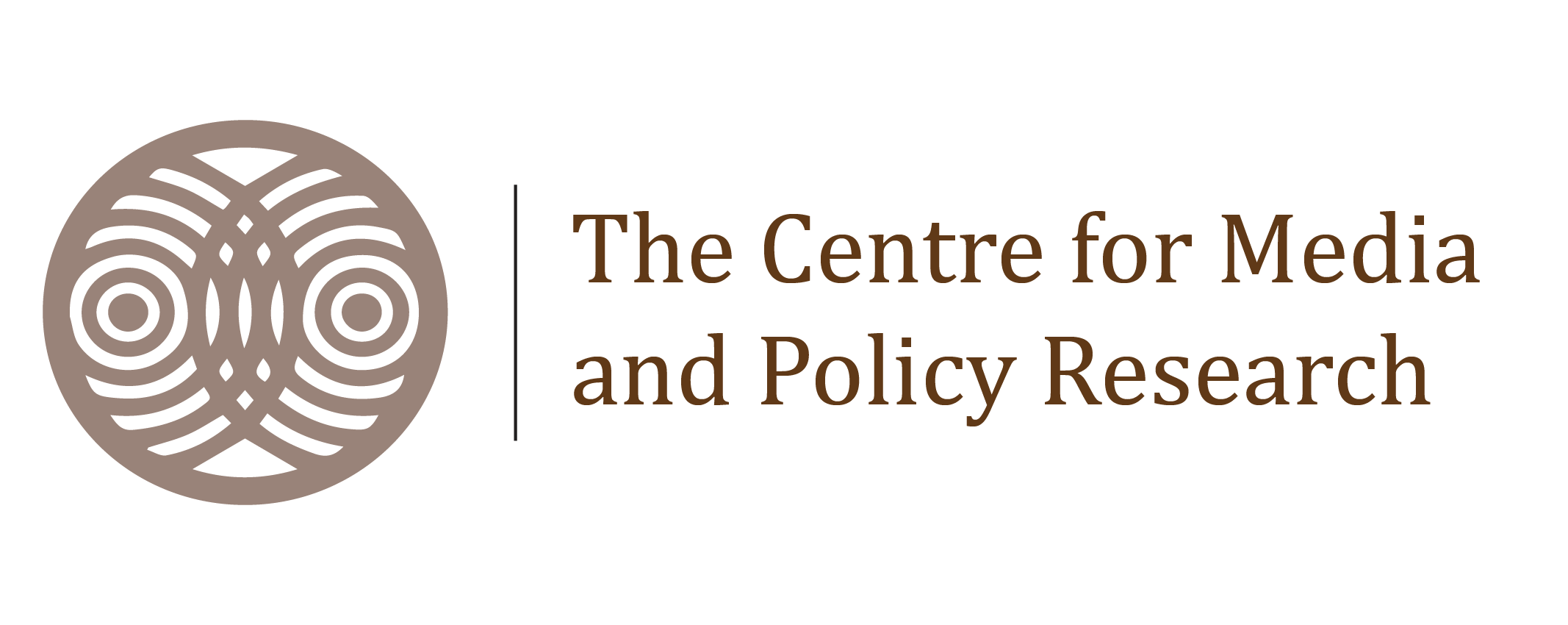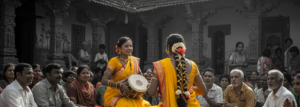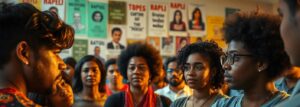In an era dominated by digital media, the rich traditions of folk media might seem obsolete. However, these cultural expressions which are rooted in Indian oral traditions, music, dance and storytelling still hold significant value. As explored in recent research conducted under the Centre for Media and Performance Research (CMPR), folk media can not only survive but thrive in the digital age with the right blend of technology and innovation for reaching new audiences while preserving its authenticity.
Folk Media: Cultural Significance: Folk media has long been a vital component of cultural identity, particularly in rural areas where it serves as a medium for education, entertainment, and community bonding. These traditional forms of communication carry the values, histories, and wisdom of communities, passed down through generations. In India, for example, forms such as Pattachitra (a storytelling tradition using scroll painting) and Baul songs (a form of spiritual music) have been central to regional cultural expressions (Dasgupta, 2020). As highlighted in the CMPR research, understanding the semiotic and structural processes underlying folklore is crucial for preserving its meaning. By analyzing the symbols, narratives, and cultural contexts embedded in folk media, we can better appreciate its significance and develop strategies for its preservation.
Folk Media in the Digital Era: In spite of its cultural importance, folk media faces significant challenges in the digital era. The younger generation who are increasingly influenced by global digital content often see these traditions as outdated. Also, the lack of documentation and formal recognition further endangers the survival of many folk traditions. CMPR’s research on ‘Exploring semiotic and structural process in folklore performance using alternate technological media platforms’ emphasizes on the impact of globalization on folk media, noting how the entry of new media can erode the cultural relevance of traditional forms. This erosion can be particularly challenging for rural communities that may lack the resources to resist external influences.
Innovation and Preservation of Folk Media: Technology offers new avenues for preserving and promoting folk media. Digital platforms can serve as repositories for documenting and archiving these traditions, ensuring they are not lost to time. For instance, initiatives like the Bhojpuri Baithak on YouTube have brought regional folk music to a global audience, revitalizing interest among younger generations (Sen, 2021). Further the immersive technologies like virtual reality (VR) and augmented reality (AR) can offer new and engaging ways to experience folk traditions. By creating interactive virtual environments, these technologies can transport audiences to the heart of folk performances, allowing them to appreciate the cultural context and meaning behind the traditions.
Immersive media can be particularly effective in addressing the challenges of transferring folklore meanings to new audiences. By providing a more immersive and engaging experience, these technologies can help bridge the gap between traditional and modern forms of media. Collaborations between traditional artists and digital creators can also result in innovative content that respects the authenticity of folk media while making it relevant to contemporary audiences. For example, the digital revival of Yakshagana (a traditional theatre form from Karnataka) through animated storytelling on digital platforms has got significant attention (Kumar, 2022).
The digital age presents both challenges and opportunities for the preservation of folk media. While the risk of cultural erosion is real, the thoughtful integration of technology can ensure that these rich traditions continue to be a living part of our cultural ecosystem. By using digital platforms, immersive technologies and creative collaborations, we can preserve the authenticity of folk media while making it accessible and appealing to new audiences. In doing so, we not only protect cultural heritage but also enrich the global media landscape with diverse and vibrant traditions.
References
Dasgupta, S. (2020). Pattachitra: The narrative scrolls of Bengal. Journal of Indian Art History Congress, 26(2), 45-56.
Kumar, R. (2022). Reviving Yakshagana through digital storytelling: Challenges and opportunities. Digital Heritage Review, 5(3), 77-85.
Sen, A. (2021). The digital rebirth of Bhojpuri folk music: A case study of Bhojpuri Baithak on YouTube. South Asian Digital Media Studies, 4(1), 102-118.
CMPR has conducted a research titled: Exploring semiotic and structural process in folklore performance using alternate technological media platforms.
Below is an abstract of the work:
Folklore has always been an integral part of Indian society passing on the cultural and traditional units to future generations. This research work aims at studying the meanings which communities derive from folklore and if these meanings can be transferred to the new age media consumers through digital technologies. Taking Theyyam, a ritualistic narrative folklore form in Kerala, as a studied example, current research analyses semiotics, experiences and memories as reported by people who have witnessed the live performances by traditional Theyyam artists. The findings suggest that besides the actual performances by the artists, the ambience including the artifacts and the ritualistic settings enriches the audiences’ experience. An alternate platform, based on immersive media technologies could be used for folklore performances.
Keywords: Folklore, Theyyam, Semiotic process, Structuralism, Immersive media technologies.
To access the complete research work and to collaborate, kindly reach out to us at cmprindia@gmail.com
Read more…






